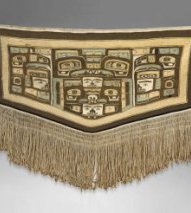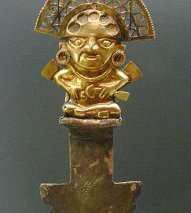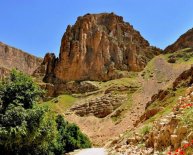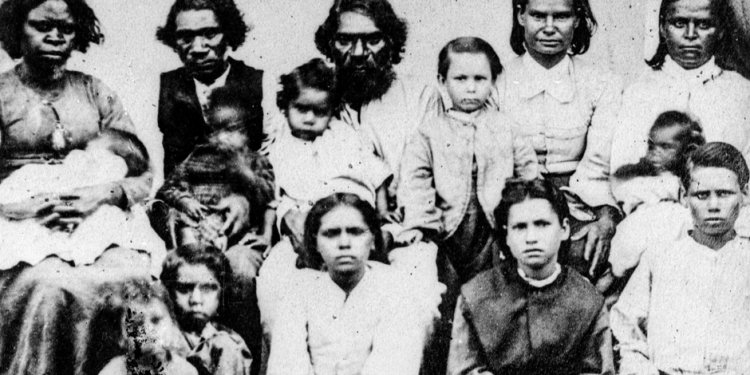
Indigenous history
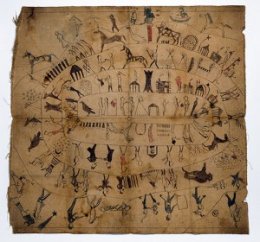 1. Composing
1. Composing
By this era, it is fairly well-accepted and relatively popular that Mesoamerican individuals utilized writing systems, probably the most popular becoming Classic Maya writing. Mesoamerica is one of the places where writing created by themselves in the place of becoming followed from neighboring folks. Form Maya system, there were numerous other individuals: Teotihuacan script (which includesn’t however been deciphered), Zapotec script (ditto), Mixtec script, Mexica (“Aztec”) script, and numerous very early programs that aren’t completely grasped. Mesoamerican peoples developed screenfold books on amatl paper. There were at one point these, nevertheless the overwhelming majority were burned by Spaniards. Nevertheless, the majority are nonetheless around and they’re well-studied.
Just what gets defined as writing is very political, and composing methods within the Americas truly deserves unique post, but I’m just probably highlight a couple of methods of interacting information across time and/or room that get ignored because archaeologists have-not (yet) deemed them to qualify in technical sounding writing: Ojibwe alongside Algonkian folks developed wiigwaasabakoon, birch bark scrolls that taped information like historical tales, songs, medical guidelines, meals, and more–the most popular are the Midewiwin scrolls that record the stories of Midewiwin spiritual society. Mi’kmaq people did some thing similar, and in the 1600s Catholic priests modified the machine to utilize preach the Bible. Into the western in the plains, there was clearly additionally a pictorial system accustomed transcribe record (such as on cold weather counts), and send emails.
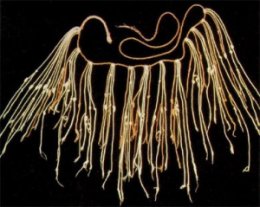 There are some methods of tracking information that appear really definately not typical some ideas of writing. In Andean south usa, categories of knotted cords known as khipu were used to capture mostly numerical data, but in addition some non-numerical information. These were essential into the management of Tawantinsuyu (the Inka empire), and keep on being found in various outlying locations today. In the northeastern woodlands, the Haudenosaunee (and other nearby nations) used woven wampum belts to record historical information. We don’t know many about this, nevertheless they were used to pass straight down information over years, and had been in addition used to capture treaties as well as deliver letters. The wampum custom remains strong among Haudenosaunee frontrunners these days.
There are some methods of tracking information that appear really definately not typical some ideas of writing. In Andean south usa, categories of knotted cords known as khipu were used to capture mostly numerical data, but in addition some non-numerical information. These were essential into the management of Tawantinsuyu (the Inka empire), and keep on being found in various outlying locations today. In the northeastern woodlands, the Haudenosaunee (and other nearby nations) used woven wampum belts to record historical information. We don’t know many about this, nevertheless they were used to pass straight down information over years, and had been in addition used to capture treaties as well as deliver letters. The wampum custom remains strong among Haudenosaunee frontrunners these days.
2. Woven cloth
Native Us americans wore pet skins. I do believe I’ve heard that in almost every description of indigenous individuals I’ve seen. It’s definitely correct that animal skins and furs were significant players in local clothing, but usually lost during these thought pictures of deerskin-clad locals will be the really great fabrics which they produced. Most clothes in Mesoamerica had been produced from cotton, and indigenous men and women in the area remain even today recognized for their particular breathtaking, colorful cloth-weaving. Pueblo people in United states southwest additionally made garments away from cotton. Andean individuals made clothing regarding cotton fiber (regarding coasts) and llama wool (into the highlands). All three of those customs (plus truth, they’re maybe not three traditions but a variety of various traditions each) continue today.
Within the east woodlands, particularly the southeast, individuals made cloth away from plant fibers such as for example nettle, milkweed, dogbane, and various types of bark. Buffalo-hair textiles were also common, and on the Atlantic coast people wove cloaks manufactured from turkey feathers (also made in the southwest, I think). The Mississippians and their descendants utilized quite a lot of this cloth–though it was usually ignored because fabrics don’t survive really in the south climate–and it always been a major approach to making clothes until the 1700s whenever European fabrics mostly supplanted the native custom. Throughout the eastern part of North America a unique kind of weaving was used known as fingerweaving, which is unusual because it doesn’t require a loom and each strand becomes both warp and weft. Fingerweaving creates very long thin cloth and ended up being particularly useful for garters, sashes, straps.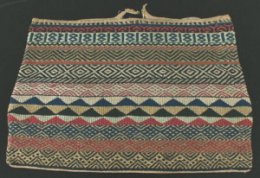 It continued to be used as well as increased in appeal following the introduction of European yarn, and it also became a significant icon for the Metis nation in the shape of the Assomption sash. Some Metis men and women, including myself, still practice fingerweaving.
It continued to be used as well as increased in appeal following the introduction of European yarn, and it also became a significant icon for the Metis nation in the shape of the Assomption sash. Some Metis men and women, including myself, still practice fingerweaving.
Weaving has also been widespread among west coast peoples, though I’m sadly less acquainted that location. Woven dresses and caps were one of the most typical clothing products among coastal individuals. Then there’s chilkat weaving, that has been produced from mountain goat locks, dog fur, or cedar bark making into the incredible designs that Pacific Northwest nations tend to be well-known for. Recently there's been a significant revival activity in the region maintain practicing these forms of textile creation.
3. Metalwork
Copper and gold had been both quite typical inside Americas before Europeans arrived. The silver is well-known in certain means, since that is exactly what made the Spanish wish to occupy therefore badly. Metallurgy in south usa had early resulted in a complex artform, detailed with smelting technology; gold, gold, electrum, bronze, and tumbaga were all used. In the beginning metalwork ended up being mostly used for attractive reasons to produce condition, but once for the Inkas had become typical for utilitarian purposes also. By 800 CE smelting technology had spread north to Central The united states and Mesoamerica, in which it was particularly specialized in western Mexico. By the time for the Triple Alliance, the Mixtec individuals had been known as the best goldworkers in Mesoamerica.
Additional north, copper ended up being the material of choice. It absolutely was specially rich in the Great Lakes and it was a major part of eastern trade networks also from the first times. Copper was initially used for useful use like knives and fishhooks, but by the time for the Mississippians it had additionally gain popularity for attractive depictions of sacred and governmental photos. In addition to its practical consumption, it presented an important cosmological position for many people within the eastern woodlands, becoming related to beings of the upper world including the Thunderers or associated with the lower world such as beings known as in English “horned serpents” and “underwater panthers.”
